The production of electric toothbrushes requires a delicate balance between waterproof design and electric toothbrush motor performance. As consumer expectations for durability and efficiency rise, manufacturers must integrate cutting-edge technologies to optimize both aspects. This article explores the critical challenges and solutions in achieving this balance.
Waterproofing is a fundamental aspect of electric toothbrush design, ensuring longevity and user safety. Since toothbrushes operate in a high-moisture environment, achieving effective sealing is paramount. The integration of ultrasonic welding, rubber gaskets, and advanced coating technologies can significantly enhance waterproof performance. Proper IPX7 or higher waterproof ratings ensure that devices withstand prolonged exposure to water without compromising internal components. Powsmart not only has our own waterproof technology, but also we conduct at least 37 tests before shipment.https://www.powsmart.com/about-powsmart/

The electric toothbrush motor performance directly impacts cleaning efficiency and user experience. Manufacturers must choose between brushed and brushless motors, each with its own advantages in terms of power output, durability, and noise levels. High-torque, low-noise motors help optimize plaque removal while ensuring smooth operation. Balancing power efficiency with battery life is also crucial in delivering a superior product.
While waterproofing is essential, completely sealing the device can create pressure imbalances that affect motor performance. Advanced ventilation solutions, such as waterproof acoustic membranes, allow for pressure equalization without water infiltration. Manufacturers must carefully design air vents and pressure release mechanisms to maintain both waterproof integrity and optimal motor function.
The choice of materials plays a significant role in ensuring both waterproofing and motor efficiency. High-quality thermoplastics, silicone seals, and corrosion-resistant metal components contribute to long-term durability. The materials must withstand frequent exposure to water, toothpaste, and varying temperatures without degrading or affecting motor performance.
Efficient battery integration is key to maintaining electric toothbrush motor performance while preserving a waterproof design. Lithium-ion batteries, combined with smart power management circuits, enhance longevity and reliability. Wireless charging solutions, such as inductive charging, eliminate the need for external ports, further reinforcing waterproofing capabilities.
Ensuring product reliability requires rigorous testing protocols. Waterproof tests, such as submersion trials and high-pressure water spray assessments, validate a toothbrush’s resistance to moisture. Additionally, motor endurance testing under real-world conditions guarantees consistent performance. Implementing AI-driven quality control and automated inspections can further enhance production efficiency and defect detection.
Balancing waterproof design and electric toothbrush motor performance is a critical challenge in the production of electric toothbrushes. By leveraging advanced sealing technologies, high-efficiency motors, durable materials, and rigorous testing, manufacturers can create reliable, high-performance products that meet consumer demands. As technology continues to evolve, innovation in waterproofing and motor engineering will drive the next generation of electric toothbrushes.
Why Do Whitening Cycles Cause Efficacy Debates?
.jpg)
Do Bronx toothbrush deals include NYC replacement heads?
.webp)
How Do Electric Toothbrush Market Trends Influence Electric Toothbrush Supplier Certification?
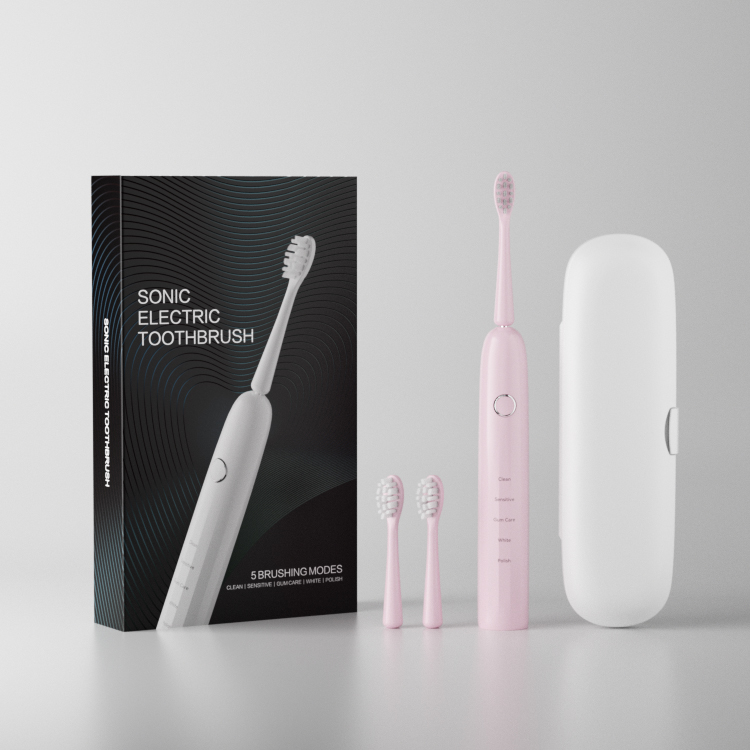
Solving Electric Toothbrush Mold: How OEM Design Prevents This Common Problem
Allergic Reactions and Taste Alteration – Whitening’s Hidden Cost?
Food-Grade Silicone Vulcanization Brush Heads: Hygienic & Long-Lasting Design

Why Choose a Miami waterproof toothbrush for Miami beach toothbrush trips?
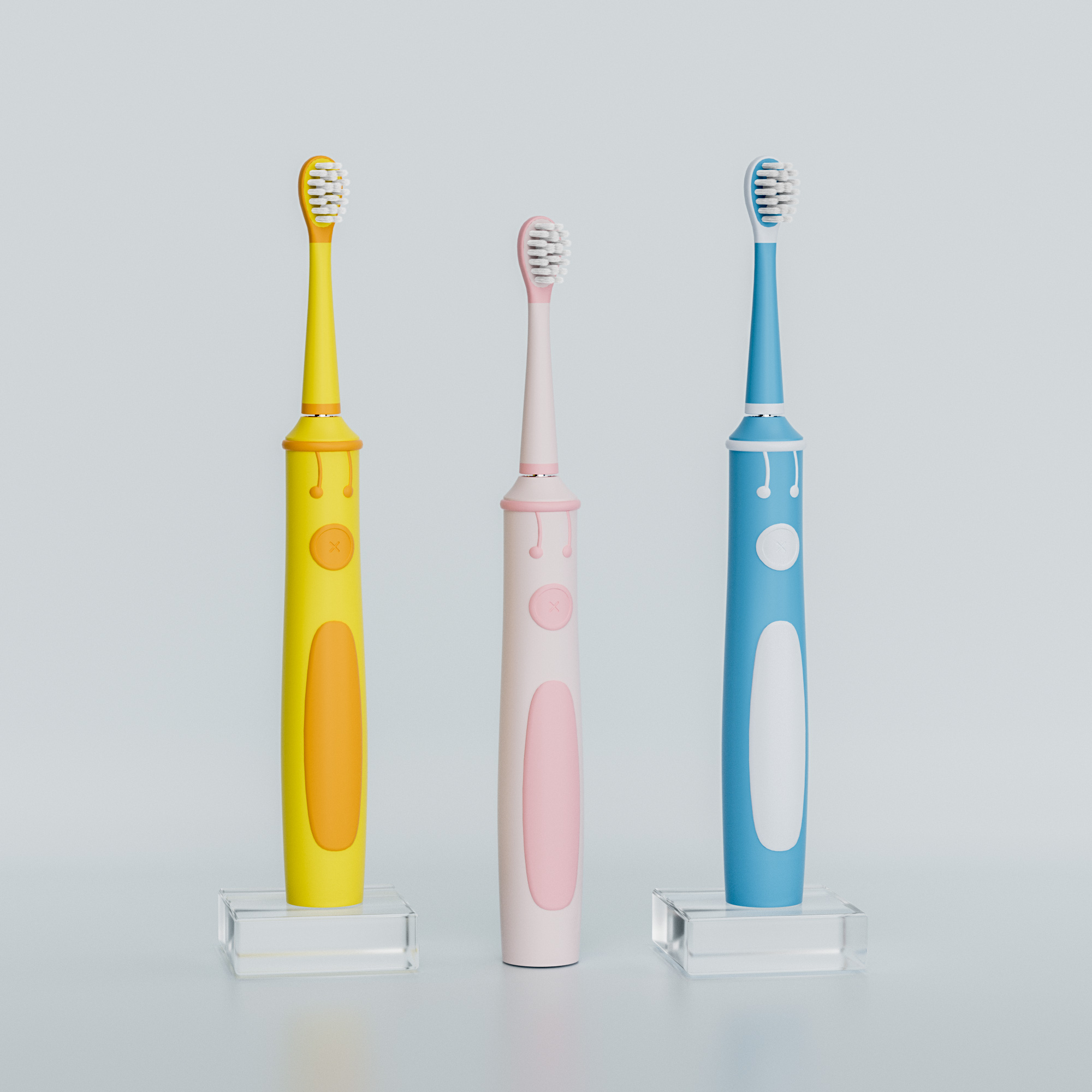
Children’s Oral Care: Developing Good Oral Habits at an Early Age
.jpg)
What makes a toothbrush effective at fighting plaque?
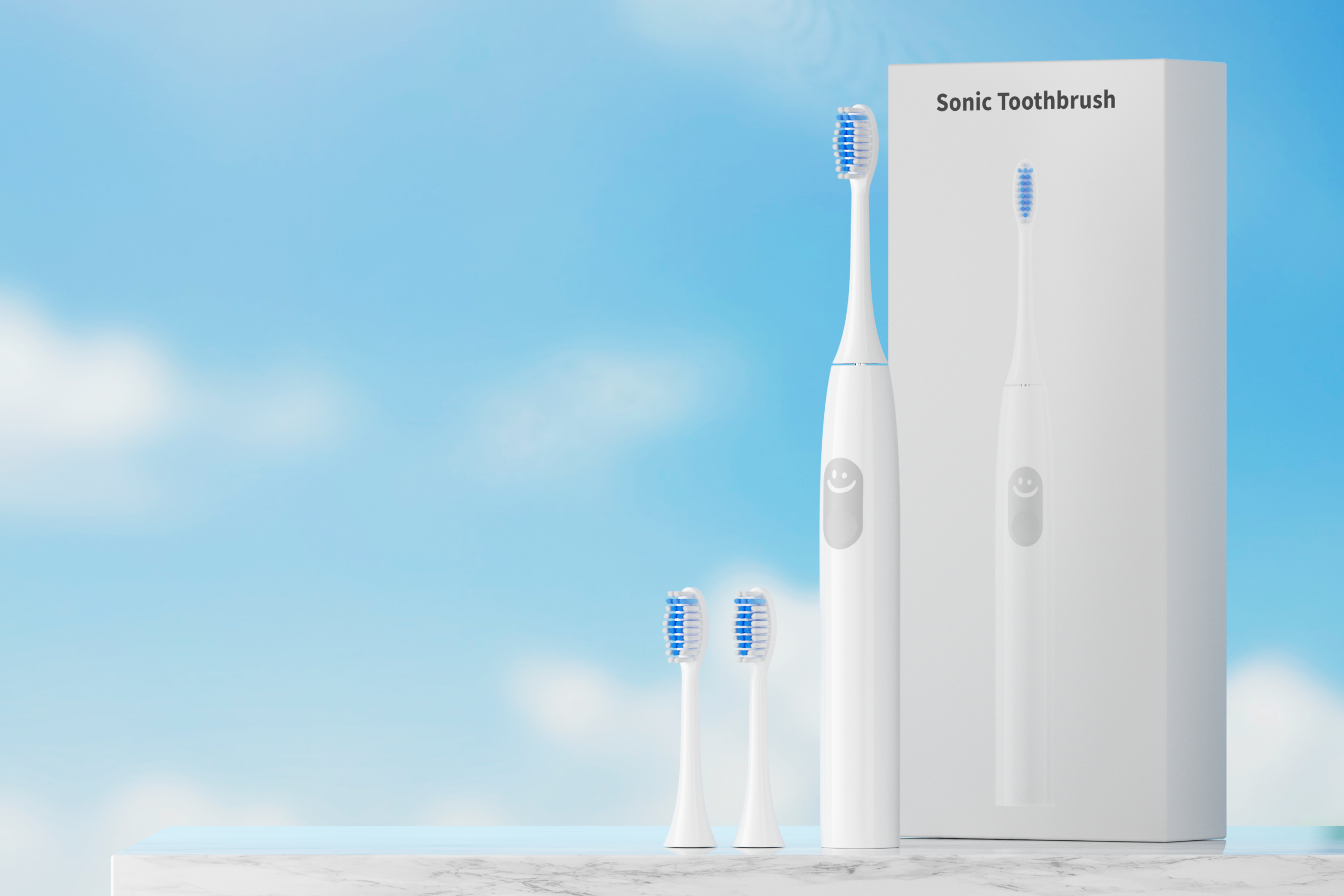
Why Partner with Water Flosser Nozzle Production Experts and Water Flosser Pump Suppliers?
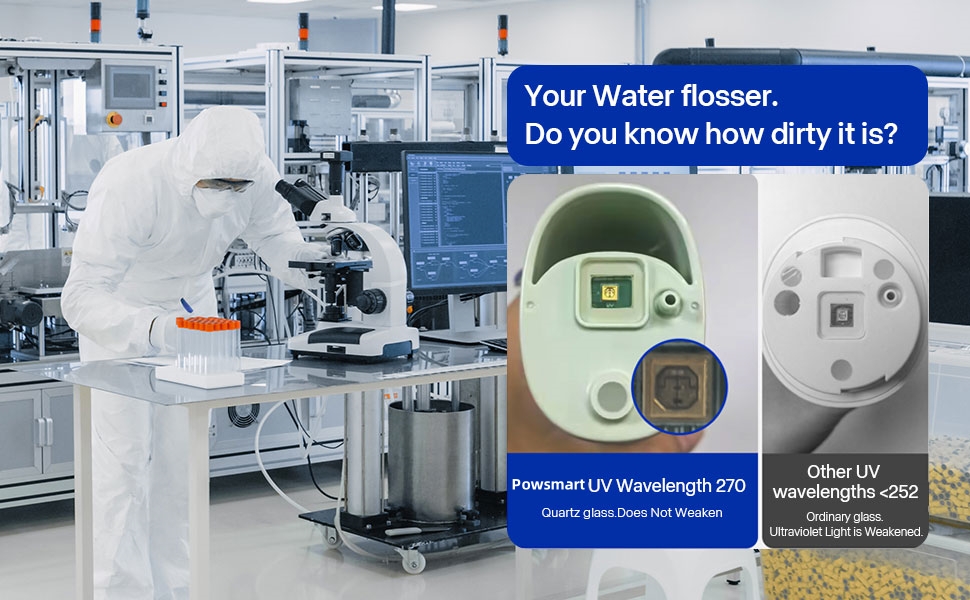
Is the Higher the PSI of the Oral Irrigator the Better?
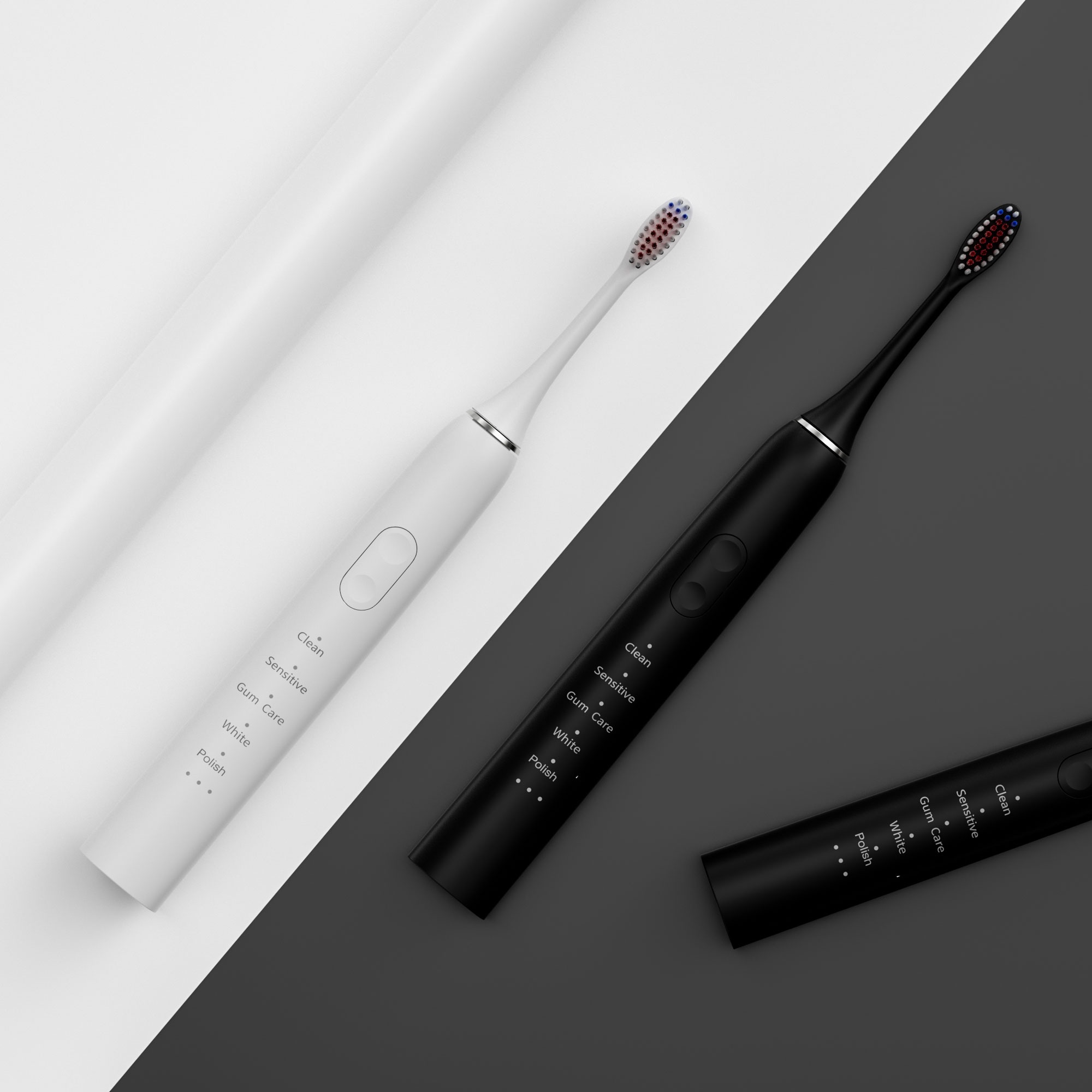
What types of batteries are currently available for electric toothbrushes?
Are Pressure Sensor Errors Worsening Hygiene Mode Absence?
.jpg)
Florida Electric Toothbrush – Powsmart PTR-C8 for Humid Climates
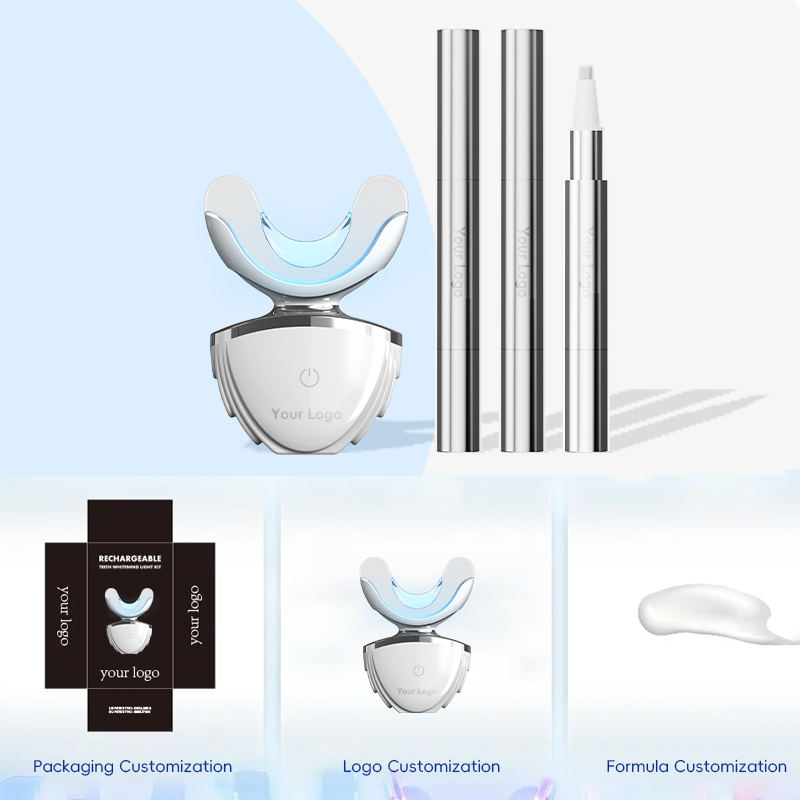
What is Teeth whitening LED light? Is it useful?
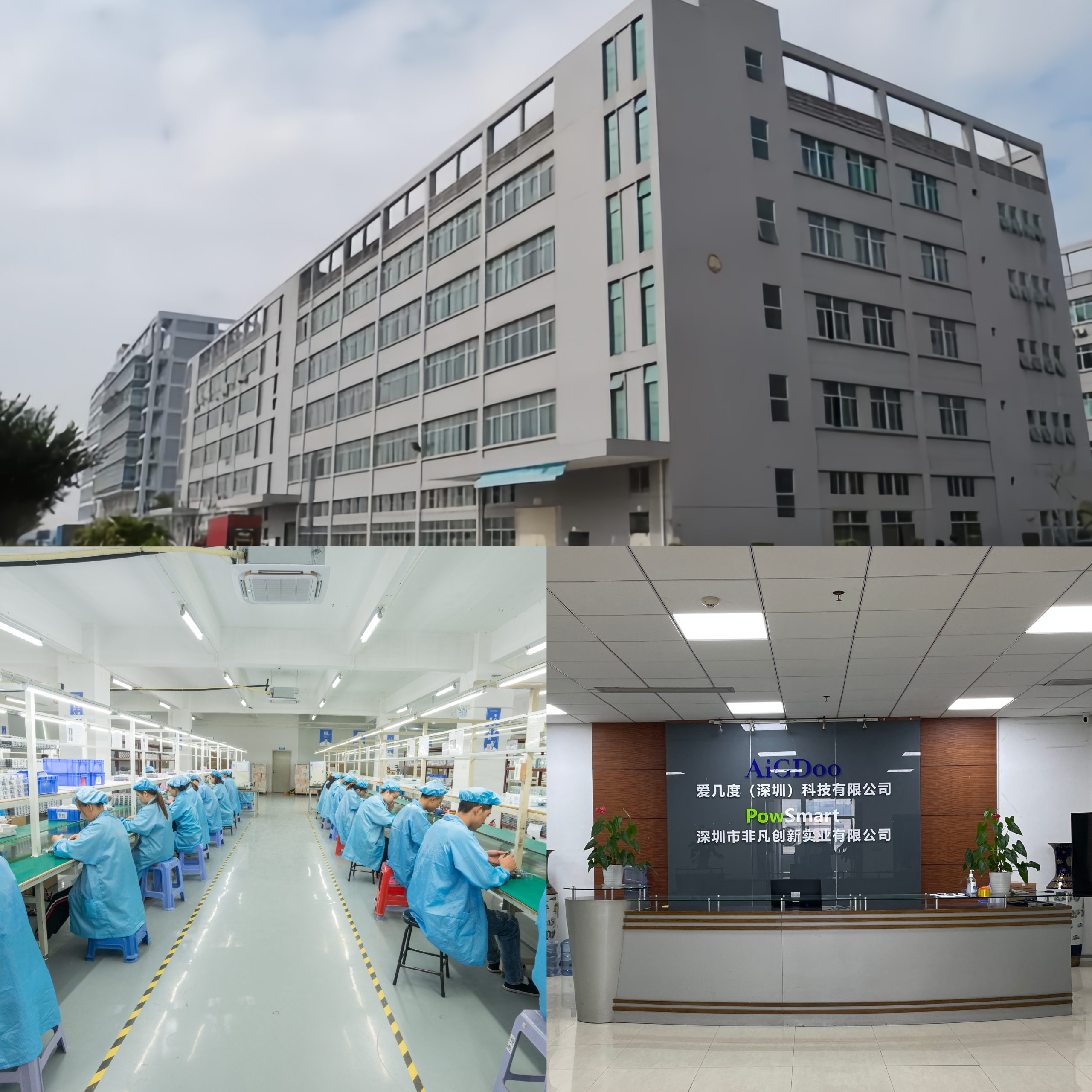
Oral Care Brand Expansion Guide

electric toothbrush heads Deep Clean

electric toothbrush heads Regular Clean

Electric toothbrush heads Charcoal Infused-Diamond

electric toothbrush heads Charcoal Infuse-Round

Private Label Whitening Gel

Customization Teeth Whitening Gel

electric toothbrush heads Ultra Soft
.jpg)
Florida Electric Toothbrush – Powsmart PTR-C8
whstapp
whstapp
National Toll-Free Service Hotline
+86 755 86238638